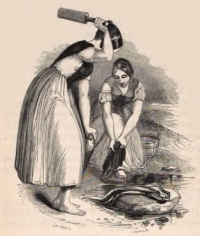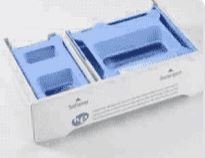Lsbcal
Give me a museum and I'll fill it. (Picasso) Give me a forum ...
Every time I run our new top load washer I wonder how much liquid high efficiency soap (Tide) to use. This article suggests maybe 2 tablespoons depending on variables like water softness, load size, etc. For instance:
Here is the full article: https://www.lifesavvy.com/6915/how-much-laundry-detergent-do-you-need-way-less-than-youre-using/
I know this is one of the big issues of our times. What do you think?
If you have really soft water, you can dial it back to 1-1.5 tablespoons of liquid detergent or 2-3 tablespoons of powder.
And again, we’re talking about a regular load of clothes here. If you’re washing fewer items, use less detergent. If you’re washing a big load or heavily-soiled items, use more.
Here is the full article: https://www.lifesavvy.com/6915/how-much-laundry-detergent-do-you-need-way-less-than-youre-using/
I know this is one of the big issues of our times. What do you think?



